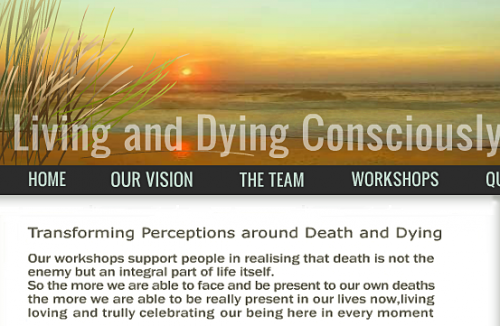Posted by Richard Rawlinson
Coming to adulthood in the 1980s, there seemed to be less anger surrounding religious beliefs. Before sex abuse scandals, suicide bombers and militant atheism hit the headlines, debate seemed more liberal, tolerant and respectful of differences. Ironically, there seemed to be less apathy, too. You could search freely across boundaries that seemed less rigidly defined.
As a token Christian adolescent trying to get to grips with existentialism, I recall some angst-ridden questioning of the meaning of life and death. When our brain dies, does our consciousness cease to exist, too? What if our minds just create meaning to stop us from despairing? Are religions mere comfort blankets for the deluded?
In time, I concluded that, if the hope inspired by faith turned out to be groundless, I’d rather be a cripple with a crutch than without. Later still, my faith was restored more fully.
Sartre recognised the problem of Nietzsche’s nihilism with an existentialism replacing cultural illusions with enthusiastic commitment to our personal choices. A definition of existentialism is ‘in and of itself’. If we freely give food to the hungry, the act has value in and of itself.
Many humanists believe life has meaning in and of itself. They’re sons and daughters, parents and grandparents. They create things and contribute to society. They seek creature comforts for themselves, their loved ones and those they do not know.
They accept we can also be cruel to ourselves, our loved ones and those we do not know. We can chase pleasure from a bottle, and abuse power on a domestic and global scale.
Most humanists aim to curb destructive traits via a code of ethics forged through a reason that’s not beholden to consciousness beyond death. They believe in objective good and bad, unencumbered by aspirations to merit heaven or avoid hell in any afterlife. They believe in love and beauty in and of itself, and, presumably, hatred and ugliness in and of itself, but try to be committed to the former.
Most would agree that those with and without faith both succeed and fail in varying degrees. There are saintly and wicked things done in the name of religion, and outside of religion.
I’ve been reminded of existentialism both by funeral talk here and by a recent sad encounter. Walking home from work I pass a mental asylum. One day, I bumped into a friend outside who, it transpired, had been sectioned. Surprised, concerned and sympathetic, I asked him to a nearby café to talk. With an hour before his curfew, he told me about triggers for his mental state. At some point, I alluded to prayer. He politely said he’d stick with lithium for now.
Many funerals offer practical, psychological and spiritual succour. Just occasionally, people politely say they’ll accept all the physical and psychological help available, but would rather leave God and the eternal soul out of it.
As this is the last wish of the dead person, it’s fulfilled with due respect and diligence. The life is celebrated and eulogised without prayers (public prayers anyway). Bereaved guests benefit. ‘The final send-off did him/her proud, and witnessing it helped us let go’.
However, I’m interested why so few opt for an exclusively atheist funeral, according to several civil celebrants and undertakers here. Could it be that, while we’re comfortable with the idea that we didn’t exist before conception, we remain troubled by the idea of perpetual annihilation of consciousness after physical death follows life?
A humanist funeral is for the living as an atheist believes there’s nothing positive to look forward to after death, and nothing negative to fear. Death may be a blessed relief from physical pain but that’s now for those left behind to contemplate. The person is not in a new realm of peace outside his body, he has ceased to exist. He is not in a void, an empty space. He is simply no more.
If this finite history of a life is dwelt upon, it can lead to unsettling thoughts among those left behind. If a comet collides with Earth and all life is annihilated, the destruction of humankind has no meaning, in and of itself, as humankind no longer exists to be affected.

